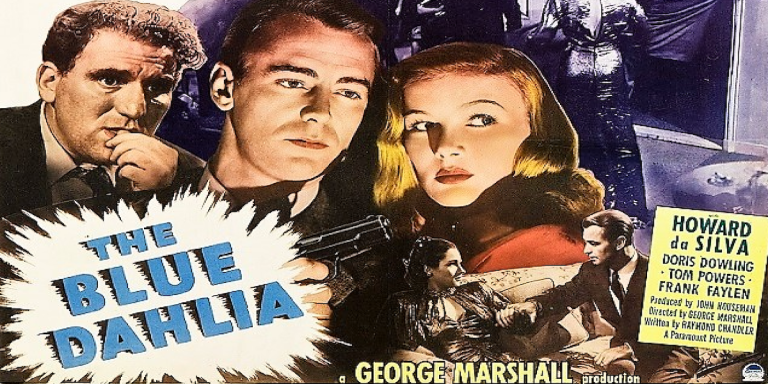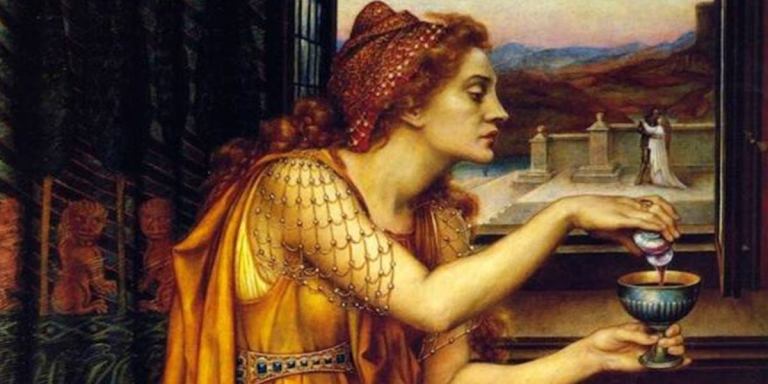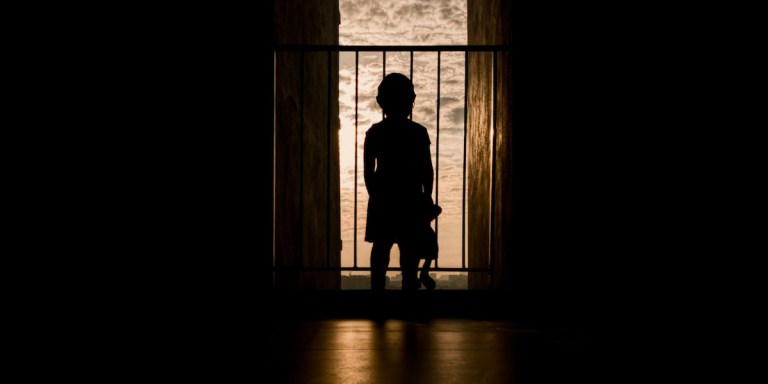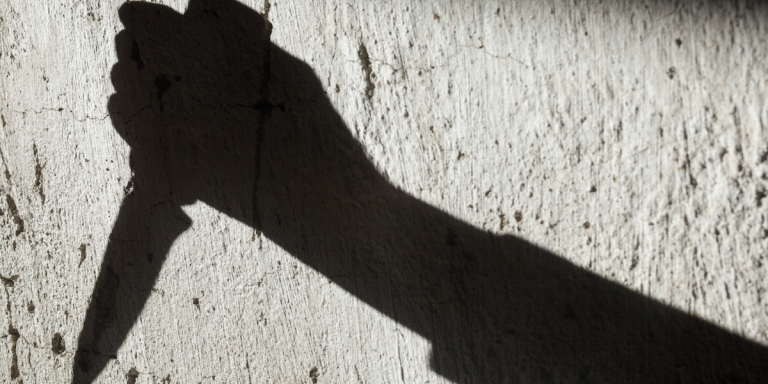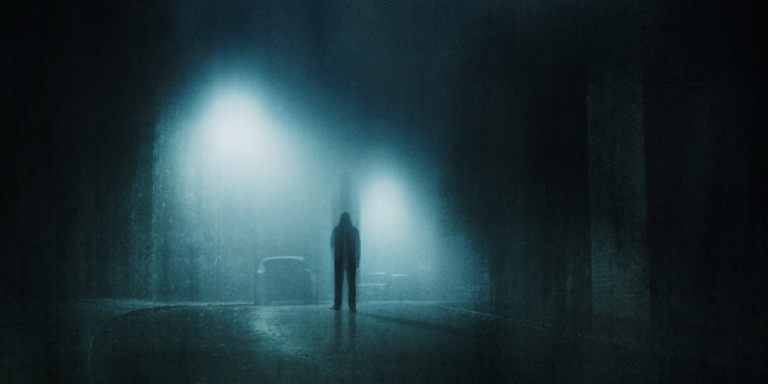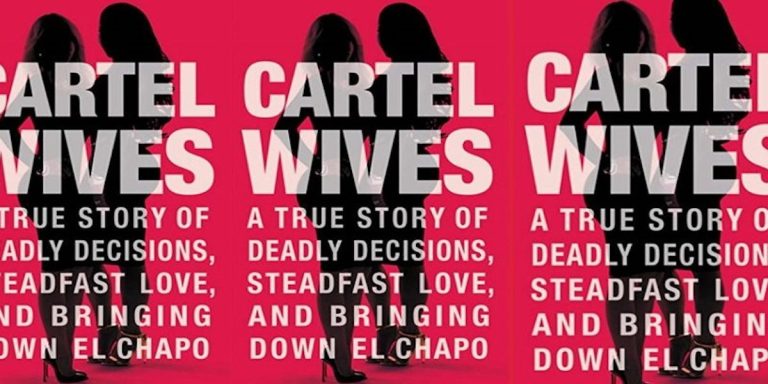The Dark Noir Films of 20th Century France
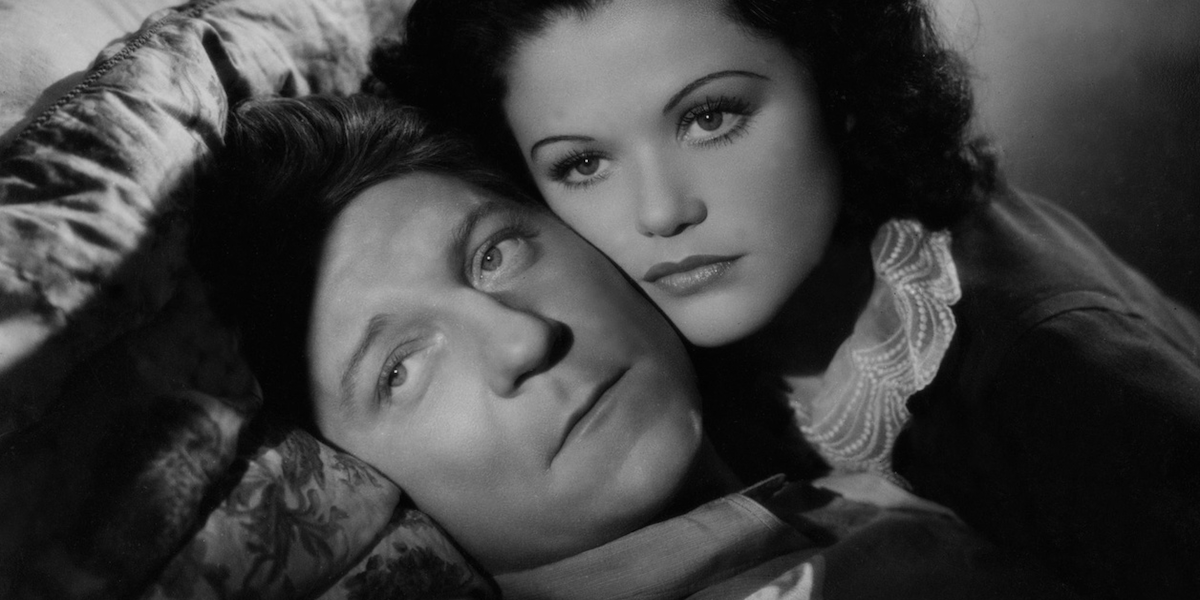
December 23, 1938 (France)
While Film Noir is a term that’s often associated with Hollywood, the French played a huge role in creating the Noir genre. After all, the name “Film Noir” is a French term meaning “Dark Film,” and the term was coined by French critic Nino Frank in 1946 to describe Hollywood films. And though the term “Film Noir” might not have been used by French critics and applied to French films prior to 1946, that doesn’t mean the style did not exist in France prior to the Film Noir craze in Hollywood. So what makes a French Noir?

French Noir is similar to American Film Noir in a lot of ways. The most obvious way is this: they’re dark. In both themes and appearance, Noir is by definition dark. The storylines are gritty. A lot of the action happens at night or in dimly lit areas. The stories highlight corrupt systems and morally gray characters.
Compared to American Noir, however, French Film Noir takes the morally gray character a step further. While Noir often highlights a hero with a dark past who makes morally questionable decisions, French Noir champions the anti-hero. The criminal is the focus of the story, and the film often highlights how much criminals and criminal organizations resemble the people and structures in our society that are conventionally deemed acceptable. An early example of this is the 1937 film Pépé le Moko, which tells the story of a gangster wanted by the law and tempted by a Parisian femme fatale.
The femme fatale is also a staple of both American and French Noir Films. And yet while the Femme Fatale character in American Film Noir is often manipulative and calculating, the French counterpart lacks the same amount of agency. For instance, in 1938’s La Bête Humaine (adapted from Emile Zola’s 1890 novel), train driver Jacques Lantier falls for a troubled young woman who has helped her husband commit a murder. Even though the wife Séverine Roubaud (played by Simone Simon) is not without guilt, the true villain, the one pulling the strings, seems to be the husband.
Actor Jean Gabin, who starred as Jacques Lantier in La Bête Humaine and the title character in Pépé le Moko, is also a staple of French Noir. Just as American Noir films had certain actors that embodied the genre, Jean Gabin was that embodiment of French Noir in its early days. Gabin was the ideal anti-hero, exhibiting a toughness that made him feel dangerous and a vulnerability that pulled readers into his orbit. Gabin’s acting style and persona would become the model for French Noir actors in later years.
French Noir was also heavily influenced by French literature. American Film Noir pulled from the gritty crime fiction that was popular at the time, and French Noir pulled from the existentialist authors that became prominent in France following World War II. At the center of this movement were authors Jean-Paul Sartre and Albert Camus, who explored the futility of existence through their best-selling novels and theoretical texts. The characters in French Noir examin and ultimately embrace meaninglessness. These themes of disillusionment

fit well with the gritty realism that is the hallmark of Film Noir.
While French Noir really had its heyday in the late 1930s and into the 1950s, the genre continues to influence contemporary French films. For instance, the 2005 psychological thriller Caché, starring Juliette Binoche and Daniel Autieul and directed by Michael Haneke, includes some elements of French Noir. The film is about a French couple who receives anonymous tapes on their front porch that suggest the family is being watched.
Caché nods to its French Noir ancestors by highlighting characters who are morally ambiguous and also confronting existentialist themes. Film Noir’s anti-hero and femme fatale characters have at this point become character tropes, and so Caché and other contemporary films like it have updated the characters to meet modern film audience’s expectations. But classic 20th century French Noir is still what breathes life into dark, psychological thrillers like Caché.
French films added quite a bit of their own flair to the Noir genre. While some critics have argued that French Noir is an imitation of what Hollywood Film Noir was doing at the time, it’s important to note the significant differences that mark a uniquely French voice to the French Noir films. It’s better to think of these two genres as siblings in conversation with one another. Superficially, they look alike in many ways, but ultimately American Noir and French Noir have different aspirations.
By clicking 'Sign Up,' I acknowledge that I have read and agree to Hachette Book Group’s Privacy Policy and Terms of Use
